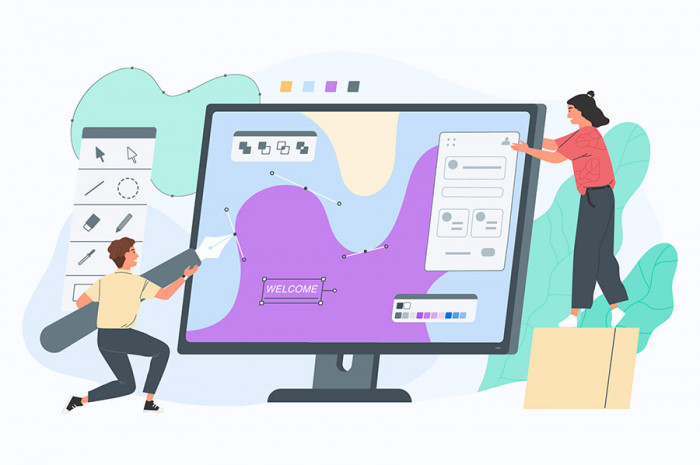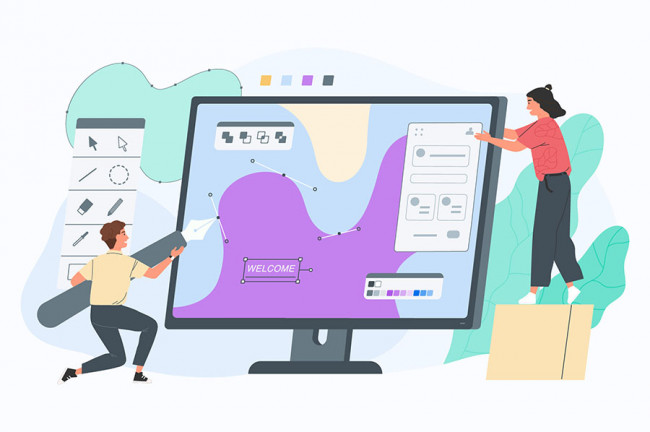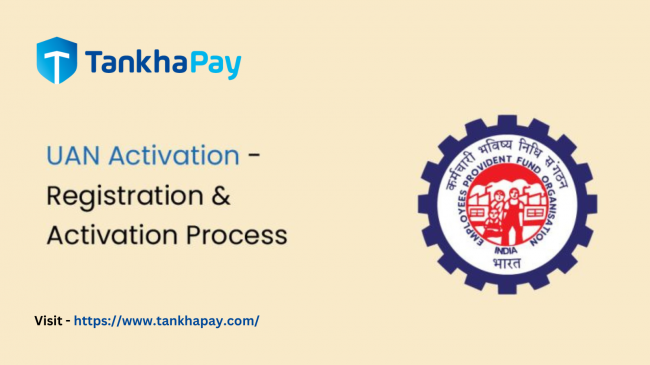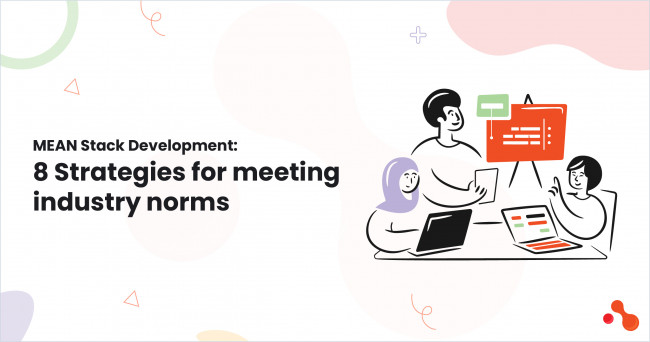Building an attractive, user-friendly website is only half the battle for web designers. Even visually appealing sites only connect with audiences with strategically crafted content that engages visitors and achieves marketing goals.
This is why helping clients define and execute compelling content strategies must be part of a web designer's service. Guiding clients to create optimized, results-driven content provides immense value beyond coding and design expertise.

Building an attractive, user-friendly website is only half the battle for web designers. Even visually appealing sites only connect with audiences with strategically crafted content that engages visitors and achieves marketing goals.
This is why helping clients define and execute compelling content strategies must be part of a web designer's service. Guiding clients to create optimized, results-driven content provides immense value beyond coding and design expertise.
Follow these tips to become a web designer who helps clients succeed through content:
Understand Their Business and Goals
You can only strategize website content by understanding a client's specific business, target customers, and marketing objectives.
During the discovery phase, learn as much as you can about their industry, competitors, brand messaging, and what success looks like to them. This immersion will reveal content gaps and opportunities.
Help Them Define Content KPIs
Key performance indicators (KPIs) are essential for tracking content strategy success. Work with clients to identify measurable KPIs aligned with their goals, like:
Increased organic traffic and lower bounce rates
Higher lead conversion rates
More revenue from blog content
Improved brand awareness through guides
Defining specific content KPIs upfront keeps efforts focused on what matters most to their business.
Understand Their Business and Goals
You can only strategize website content by understanding a client's specific business, target customers, and marketing objectives.
During the discovery phase, learn as much as you can about their industry, competitors, brand messaging, and what success looks like to them. This immersion will reveal content gaps and opportunities.
Help Them Define Content KPIs
Key performance indicators (KPIs) are essential for tracking content strategy success. Work with clients to identify measurable KPIs aligned with their goals, like:
Increased organic traffic and lower bounce rates
Higher lead conversion rates
More revenue from blog content
Improved brand awareness through guides
Defining specific content KPIs upfront keeps efforts focused on what matters most to their business.
Perform Competitor and Audience Research
Take time to deeply analyze competitor content and identify gaps where the client can create something original to stand out. Look for dissatisfaction with competitors' content to uncover needs.
Research target audience interests and questions around topics to create content tailored to them. Tools like Google's Keyword Planner, SEMrush, and Ahrefs provide user search patterns and intent data.
Conduct an Internal Audit
Audit the client's website content to identify areas working well versus needing improvement. Look for content with high traffic and engagement. But also assess for problems like low readability, outdated posts, and thin pages that need beefing up.
Highlight any content gaps the audit revealed where creating new pages or posts would add value. Provide concrete recommendations on improving existing content alongside creating net new pieces.
Map Out a Content Calendar
A strategic content calendar ensures clients publish and promote different types of content consistently over time versus just sporadically. Outline a schedule for their blog, videos, case studies, ebooks, guides, and other content formats.
Account for topics appropriate for specific times of the year, like holidays or industry events. Help them recognize the investment required to maintain the cadence.
Advise on Content Optimization
Educate clients on keyword research, SEO-friendly writing, informative headings, page speed optimization, alt text for images, and effective calls-to-action. These factors maximize content discoverability and conversion potential.
Offer to perform SEO audits on new content drafts as an added service. Guide them to avoid common on-page mistakes that could hamper content performance if overlooked.
Recommend Marketing Integration
Well-promoted content has the most impact. Suggest content marketing tactics like repurposing blog posts into social updates, email newsletters, and gated offers. Outline how to drive website traffic by pitching media outlets to secure placements and backlinks.
Ideally, introduce clients to marketing experts you can partner with to execute campaigns promoting new content.
Track Performance and Iterative Improvements
Ongoing optimization is crucial for maximizing content ROI. Agree to have periodic check-ins to review defined KPIs together. Provide suggestions to underperforming content based on insights from metrics and analytics.
Make revisions and new content recommendations. Rinse and repeat this process for continuous improvements over time. Be a thought partner clients trust.
With this hands-on guidance across strategy, creation, and promotion, clients gain immense value beyond just a visually appealing website. Position yourself as a content expert and partner, not just a web designer. Their success will fuel your agency's success.
Map Out a Content Calendar
A strategic content calendar ensures clients publish and promote different types of content consistently over time versus just sporadically. Outline a schedule for their blog, videos, case studies, ebooks, guides, and other content formats.
Account for topics appropriate for specific times of the year, like holidays or industry events. Help them recognize the investment required to maintain the cadence.
Advise on Content Optimization
Educate clients on keyword research, SEO-friendly writing, informative headings, page speed optimization, alt text for images, and effective calls-to-action. These factors maximize content discoverability and conversion potential.
Offer to perform SEO audits on new content drafts as an added service. Guide them to avoid common on-page mistakes that could hamper content performance if overlooked.
Recommend Marketing Integration
Well-promoted content has the most impact. Suggest content marketing tactics like repurposing blog posts into social updates, email newsletters, and gated offers. Outline how to drive website traffic by pitching media outlets to secure placements and backlinks.
Ideally, introduce clients to marketing experts you can partner with to execute campaigns promoting new content.
Track Performance and Iterative Improvements
Ongoing optimization is crucial for maximizing content ROI. Agree to have periodic check-ins to review defined KPIs together. Provide suggestions to underperforming content based on insights from metrics and analytics.
Make revisions and new content recommendations. Rinse and repeat this process for continuous improvements over time. Be a thought partner clients trust.
With this hands-on guidance across strategy, creation, and promotion, clients gain immense value beyond just a visually appealing website. Position yourself as a content expert and partner, not just a web designer. Their success will fuel your agency's success.











